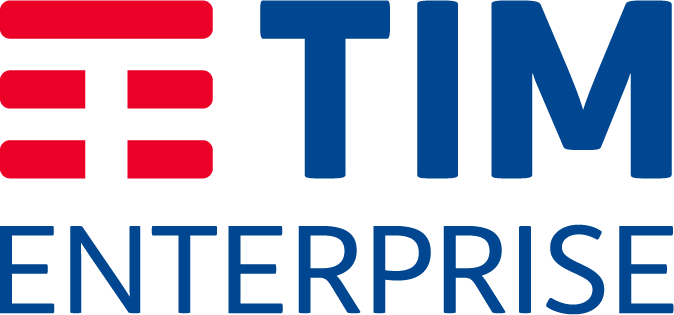Enabling a workforce to operate flexibly is critical for modern multi-national corporations. Such technologies can enable seamless switching to new projects, having information immediately to hand, or external global collaborations.
Unfortunately, remaining connected has become a complex challenge. This is especially true for multi-national corporations, which frequently have a decentralised mobile services model, spread throughout multiple regions. For employees, a lack of inter-connectedness or system fragmentation can negatively impact their productivity.
However, with the appropriate solutions in place, these challenges can be overcome, enabling international corporations to take full advantage of their global reach whilst mitigating the inherent drawbacks associated with being so distributed.
What is enterprise mobility or business mobility
Remote working was already disruptive enough, forcing organisations to become ever more distributed, but this can be compounded when some elements of the workforce are on-site, and some are off-site.
In the past, an off-site workforce would have limited connectivity, which could lead to losses caused by delays to project updates being received. Likewise, limited connectivity can delay site information being relayed to company stakeholders.
The proliferation of smartphones, combined with increased mobile connectivity, has enabled regionally diverse teams to communicate more effectively with each other. With 5G set to further increase our connectivity, this will enable easier information interchange between geographically diverse teams. To further support an effective communication, employee mobility solutions are needed.
Employee mobility solutions: automation and filtering of communications
A downside of increased connectivity has been the increased number of distractions experienced by employees. Such distractions can range from unnecessary emails to simple task requests, all of which combine to reduce productivity.
In conjunction with scalable cloud networking, simple monotonous tasks can be automated. Not only does this allow an organisation’s workforce to focus on the more complex tasks, which require more of their attention, but it also ensures that trivial tasks are performed quickly and efficiently.
An offshoot of automation has been the filtering of communications, such as internal support requests or external queries. Filtering content, based on the keywords, ensures the message is sent to the most appropriate person, based on each team member’s expertise and current workload.
Enterprise mobility solutions: IT service management
Once solely intended for managing IT support requests, IT service management (ITSM) solutions have evolved to increasingly offer a broad range of capabilities. These new functions include human resources, facilities management, customer services and others.
An appropriate ITSM solution overlaying a distributed network allows a multi-national corporation to streamline its internal processes. This, in turn, enables lean responses, as well as increasing responsiveness to changes within the market.
The reduction in time and costs allows organisations to invest in developing their overarching IT strategies and ensuring that these align with the organisation’s corporate policies. Such alignments will, in turn, ensure that their technological investments will conform to the overarching business plan, enabling a focused purchasing policy and thereby reducing redundant overheads.
Enterprise mobility services increase connectivity
Enterprise mobility services are, at their core, focused on interconnectivity and enhanced interactions, streamlining the corporate processes and smoothing the flow of information within an organisation.
All these tools operate by enabling the most appropriate flow of information and ensuring that every staff member has everything they need to complete their tasks as quickly and simply as possible.
Investing in these technologies means that organisations can become increasingly aware of changes within their market environment. In turn, greater awareness of emerging opportunities and markets allows agile responses and adaptations to be made, in order to maximise competitiveness.








